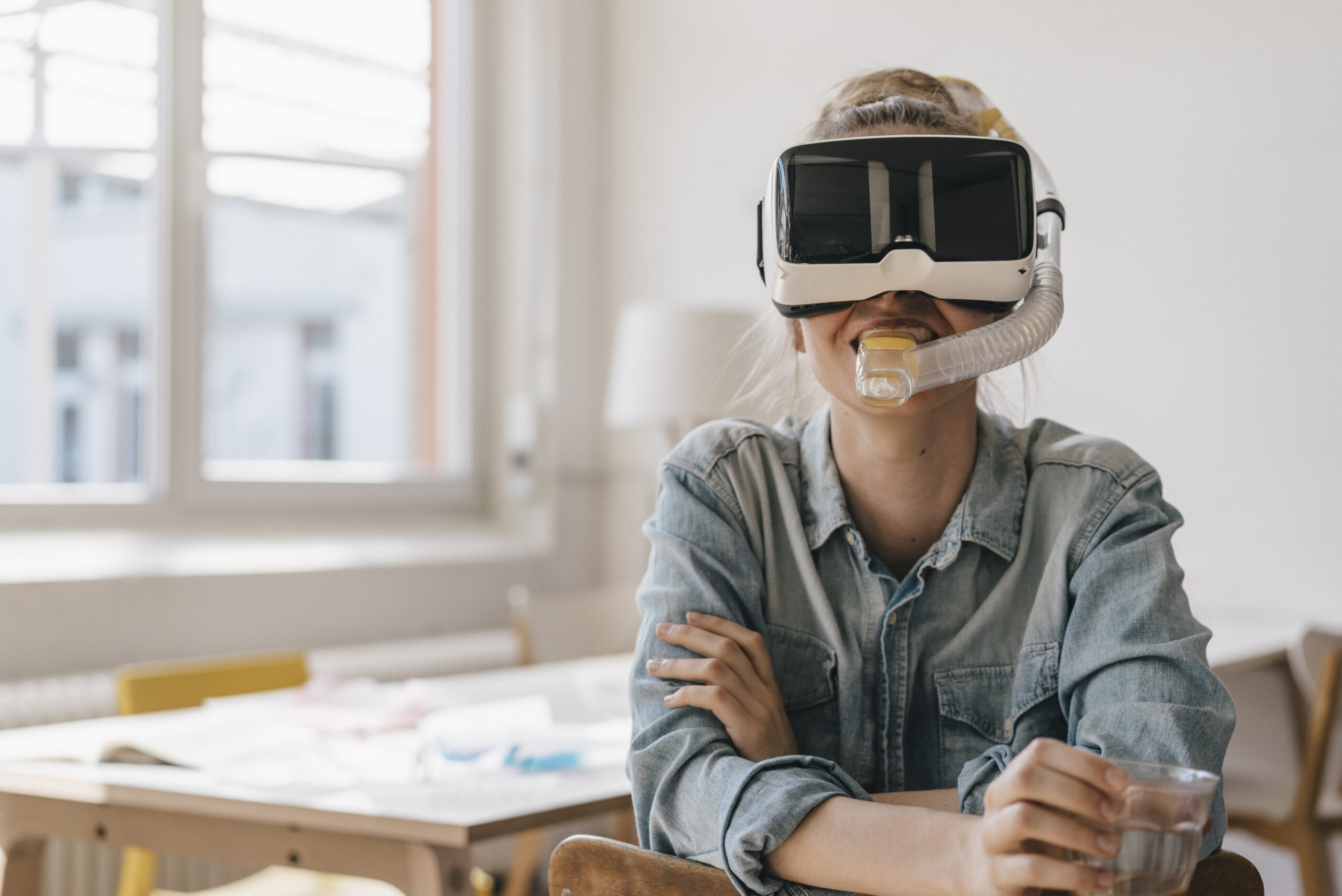Virtual Headsets known as VR headsets, have always created a huge impression on the people. It has always given the impression of coming from the future. You would often feel like you are connecting not to the computer but the whole futuristic generation of advanced technological landscape.
This is what VR headsets do though. Yet, how does a Virtual headset works? What is under the hood?
Idea behind VR headsets
Virtual Reality headsets surround you with such an immersive experience by mounting a pair of high-resolution screens inside the headset that blocks out any external visual sensory from coming to you. With this headset you are able to step into the 360 degree world that makes you feel like you are being transported to another realm and time. This is why VR gaming is becoming a way more popular and people are adapting this new rich gaming experience where virtual reality speaks to you on the cellular level. VR headsets are slowly but surely getting into the households and organisations especially for gaming.
Examples of VR headset usage
If this headset is paired with a high-end system, this is capable of sending you to another place. Google Earth VR, for instance, can enable to walk into any part of the world from the comfort of your house. You name it where you want to go and be part of something that is happening right now. You can gauge the Mount Everest, you be in the Eiffel tower or hang around the astronauts aboard. This is just few examples, what more can you do is for you to explore.
Technology behind VR headsets
The most recent Virtual Reality headsets uses a technology called organic light-emitting diode (OLED) or active matrix OLED (AMOLED) with some added transistors to power up the tiny, high-resolution stereo panels. OLED generally differs from the LCD in some ways. First one would be, OLED screens use organic compounds between the glass layers which light up upon electrical charge. Meaning they do not require any backlight at all, which makes absolutely perfect for ultra-thin and energy efficient displays. Also, with no backlight here, OLED pixels can turn off completely. Which enables purest black giving off fantastic contrast comparing to LCD panels.
Although, OLED has already found three more niches such as high-end televisions, small mobile devices for example smart watches and some of the smartphones and of course the VR headsets.

